Key Features of the Thermosphere:
- Temperature: The thermosphere is known for its extremely high temperatures, but it's important to note that the air density is so low at this altitude that it would not feel hot to a human standing in the thermosphere.
- Ionization: The high-energy solar radiation in the thermosphere causes the ionization of gas molecules, leading to the formation of ions and free electrons. This ionization is responsible for the auroras that occur near the poles.
- International Space Station (ISS): The ISS orbits within the thermosphere, experiencing the very low air density and high temperatures of this layer.
- Transition to Exosphere: The upper boundary of the thermosphere blends into the exosphere, where the atmosphere thins out and merges with the space environment.
Study Guide for the Thermosphere:
When studying the thermosphere, it's important to understand the following concepts:
- How solar radiation contributes to the high temperatures in the thermosphere.
- The process of ionization and its effects on the behavior of gases in the thermosphere.
- The significance of the thermosphere for the International Space Station and other satellites in low Earth orbit.
- The gradual transition from the thermosphere to the exosphere and the characteristics of the exosphere.
Additionally, it's helpful to explore the impact of the thermosphere on our daily lives and technological advancements in space exploration and communication.
.◂Science Worksheets and Study Guides Third Grade. Main Parts of Plants
Study Guide Main Parts of Plants
Main Parts of Plants  Activity Lesson
Activity Lesson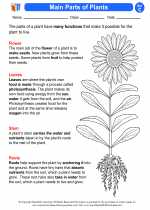 Main Parts of Plants
Main Parts of Plants  Worksheet/Answer key
Worksheet/Answer key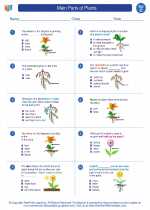 Main Parts of Plants
Main Parts of Plants  Worksheet/Answer key
Worksheet/Answer key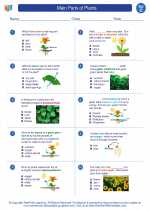 Main Parts of Plants
Main Parts of Plants  Worksheet/Answer key
Worksheet/Answer key Main Parts of Plants
Main Parts of Plants  Worksheet/Answer key
Worksheet/Answer key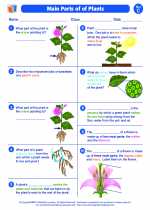 Main Parts of Plants
Main Parts of Plants  Worksheet/Answer key
Worksheet/Answer key This and That
This and That  Vocabulary/Answer key
Vocabulary/Answer key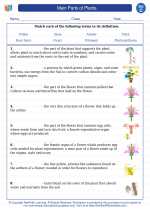 Main Parts of Plants
Main Parts of Plants  Vocabulary/Answer key
Vocabulary/Answer key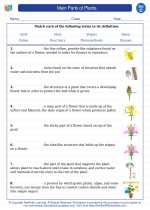 Main Parts of Plants
Main Parts of Plants 

 Activity Lesson
Activity Lesson
 Worksheet/Answer key
Worksheet/Answer key
 Worksheet/Answer key
Worksheet/Answer key
 Worksheet/Answer key
Worksheet/Answer key
 Worksheet/Answer key
Worksheet/Answer key
 Worksheet/Answer key
Worksheet/Answer key
 Vocabulary/Answer key
Vocabulary/Answer key
 Vocabulary/Answer key
Vocabulary/Answer key

The resources above cover the following skills:
Concepts of Life Science (SC1, SC2, SC3)
The student demonstrates an understanding of the structure, function, behavior, development, life cycles, and diversity of living organisms by observing and comparing external features of plants and of animals that may help them grow, survive, and reproduce.